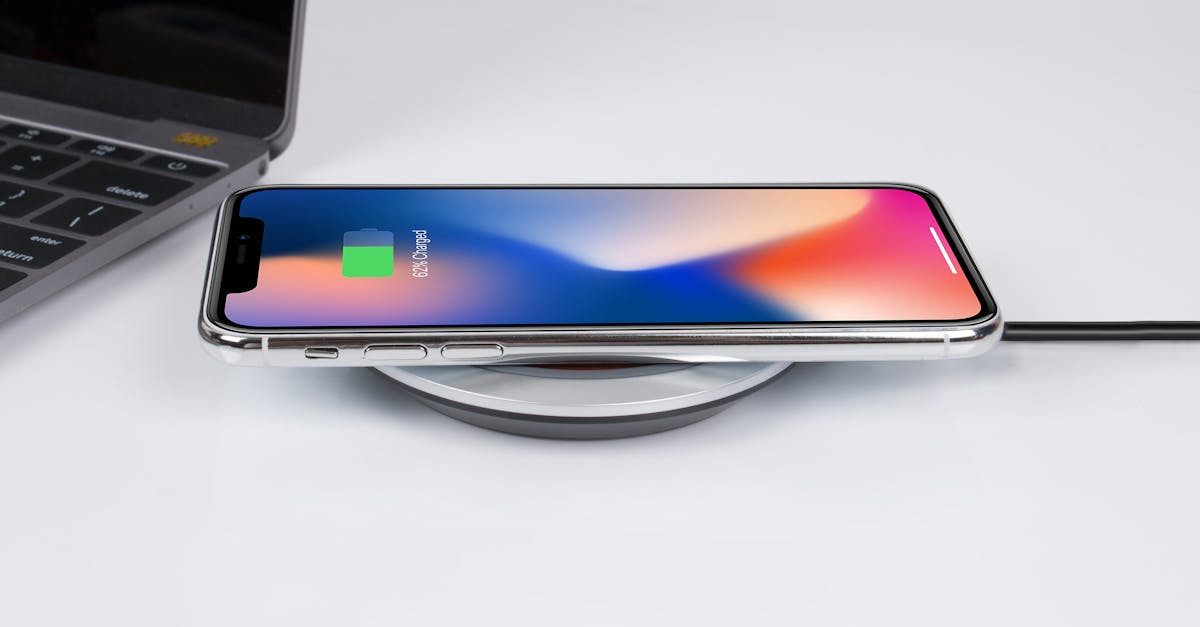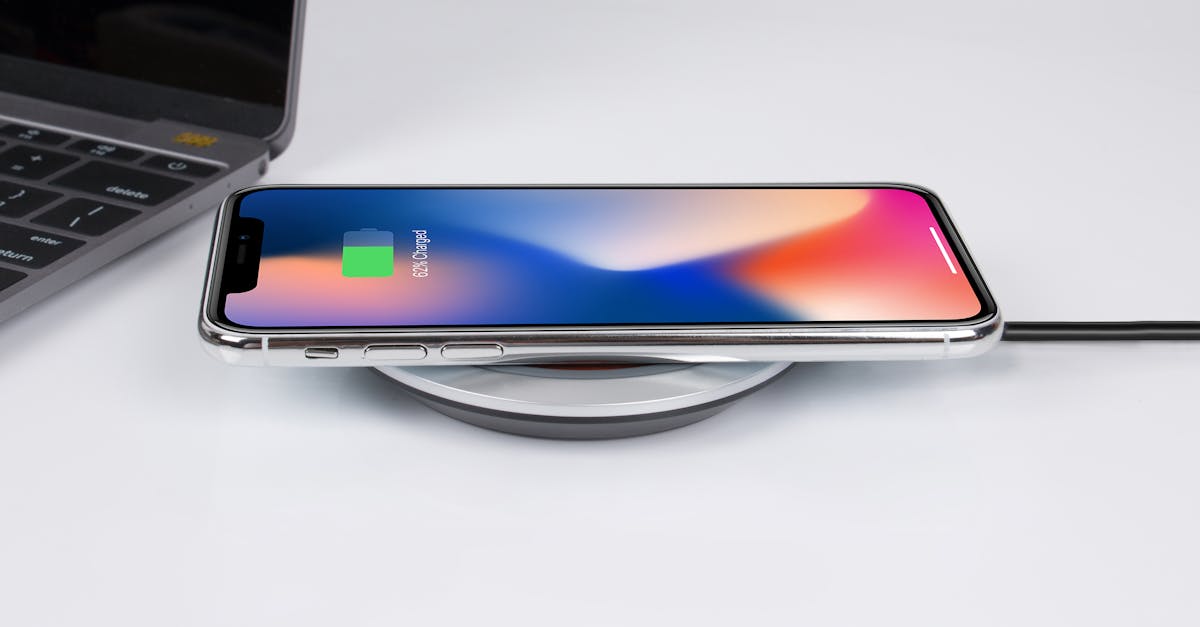Wireless Charging Insights 2024
Introduction to Wireless Charging
Wireless charging technology has steadily evolved, becoming more common in everyday life. As 2024 unfolds, this innovation continues to gain traction across various sectors. Understanding its current landscape and future directions is crucial for tech-savvy consumers.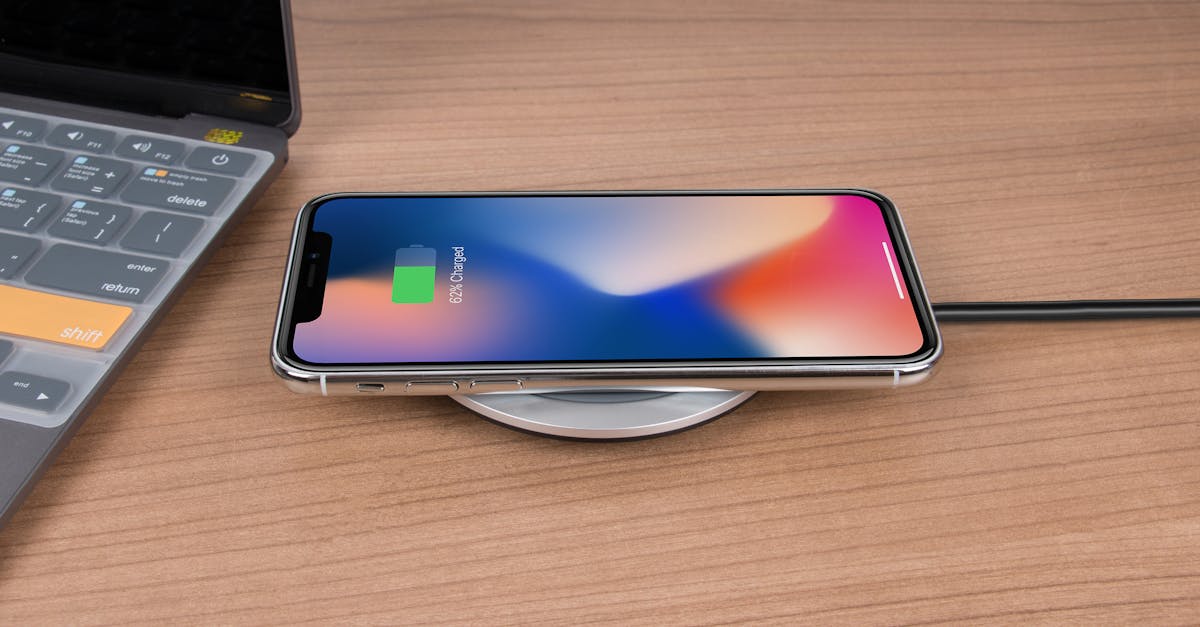
Advertisement
How Wireless Charging Works
The principle of wireless charging relies on electromagnetic induction. This process involves creating a magnetic field to transfer energy between two objects. A charging pad generates this field, while an equipped device, like a phone, absorbs the energy.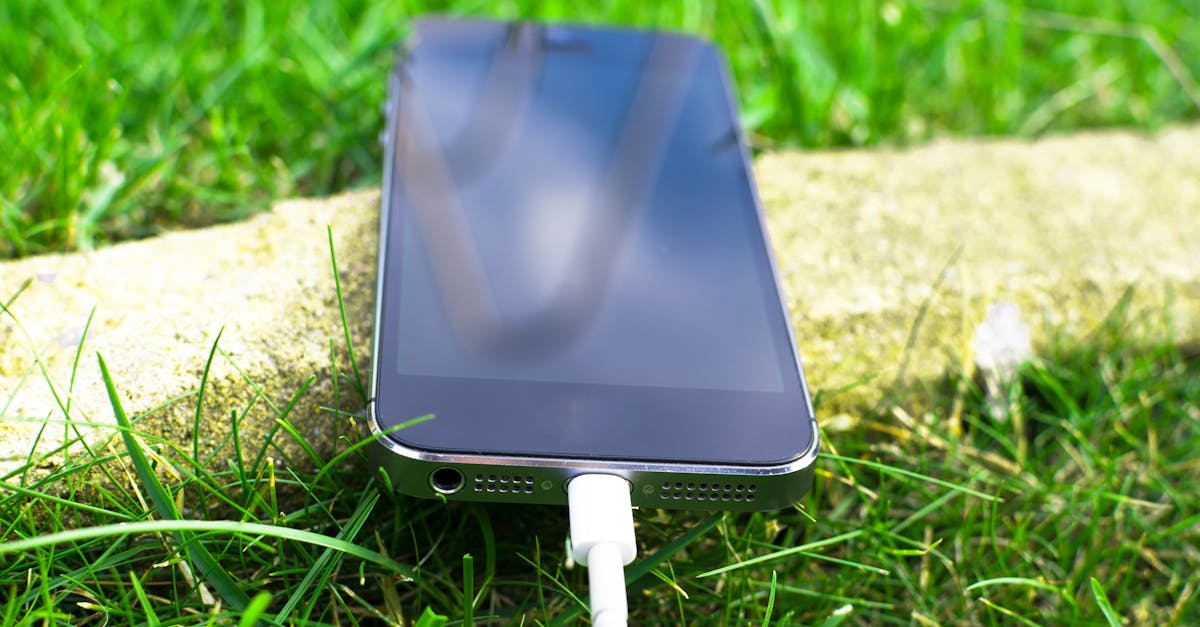
Advertisement
Devices Supporting Wireless Charging
Smartphones were among the first devices to integrate wireless charging. Beyond mobile phones, today, a range of gadgets, including smartwatches, earbuds, and tablets, support this convenient feature. Its expansion into laptops and even household appliances is on the horizon.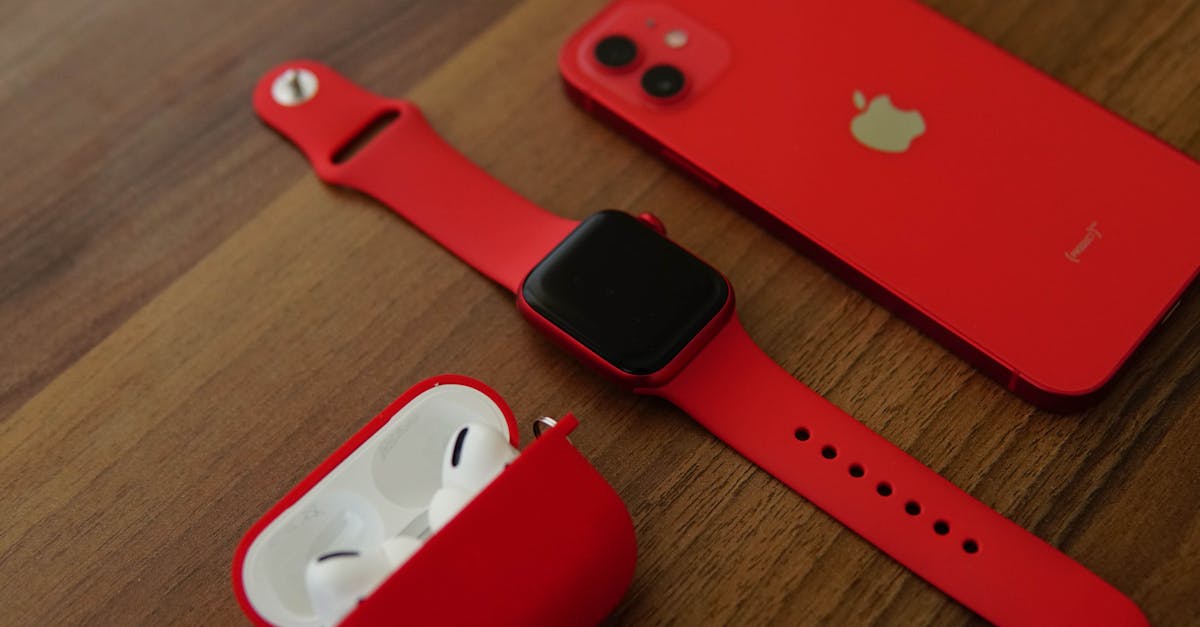
Advertisement
Variations in Charging Standards
Different standards govern wireless charging, with Qi being the most prevalent. The Wireless Power Consortium oversees this technology, ensuring compatibility. Competing standards, like AirFuel Alliance, offer alternative solutions, sparking industry innovation.
Advertisement
Efficiency and Speed Improvements
In past years, wireless charging faced criticism for being slower than traditional charging. However, advancements have increased charging speeds considerably. Enhanced efficiency means less time waiting for devices to charge wirelessly, making it a more viable option.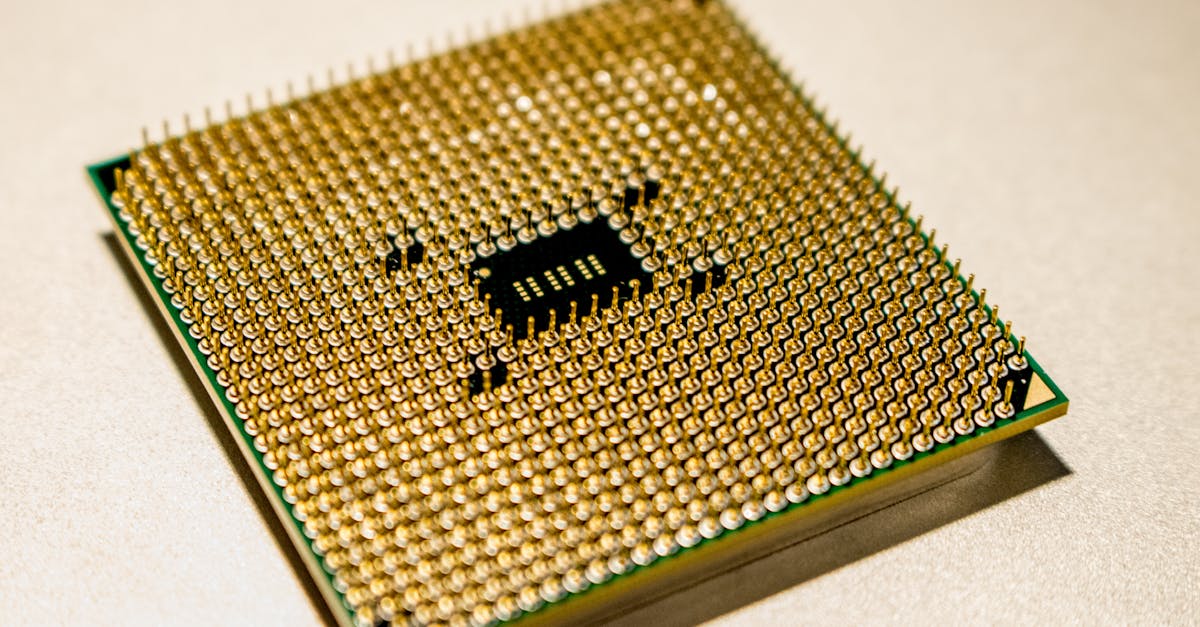
Advertisement
Benefits of Going Wireless
Eliminating cables reduces clutter, simplifies device management, and minimizes wear and tear on ports. Wireless charging offers a seamless experience, improving convenience for users by simply placing devices on charging pads.
Advertisement
Environmental Impact Considerations
An eco-friendly aspect of wireless charging is the reduction of electronic waste. As reliance on charging cables diminishes, fewer cables need disposing of, contributing positively to environmental sustainability efforts.
Advertisement
Challenges and Limitations
While promising, wireless charging is not without challenges. Issues like energy loss during transfer and heat generation pose efficiency concerns. Manufacturers are continuously seeking solutions to overcome these limitations and improve the technology.
Advertisement
Future Trends and Innovations
Electromagnetic technology is bound to evolve, exploring possibilities like charging at a distance. As research progresses, industries anticipate autonomous vehicles and smart homes powered seamlessly, without traditional power connections.
Advertisement
In Conclusion: Embracing Wireless Charging
As technology advances, wireless charging stands as a testament to modern innovation. Its benefits in convenience and sustainability hold vast potential for the future. Keeping abreast with these developments ensures that consumers stay ahead in a wire-free world.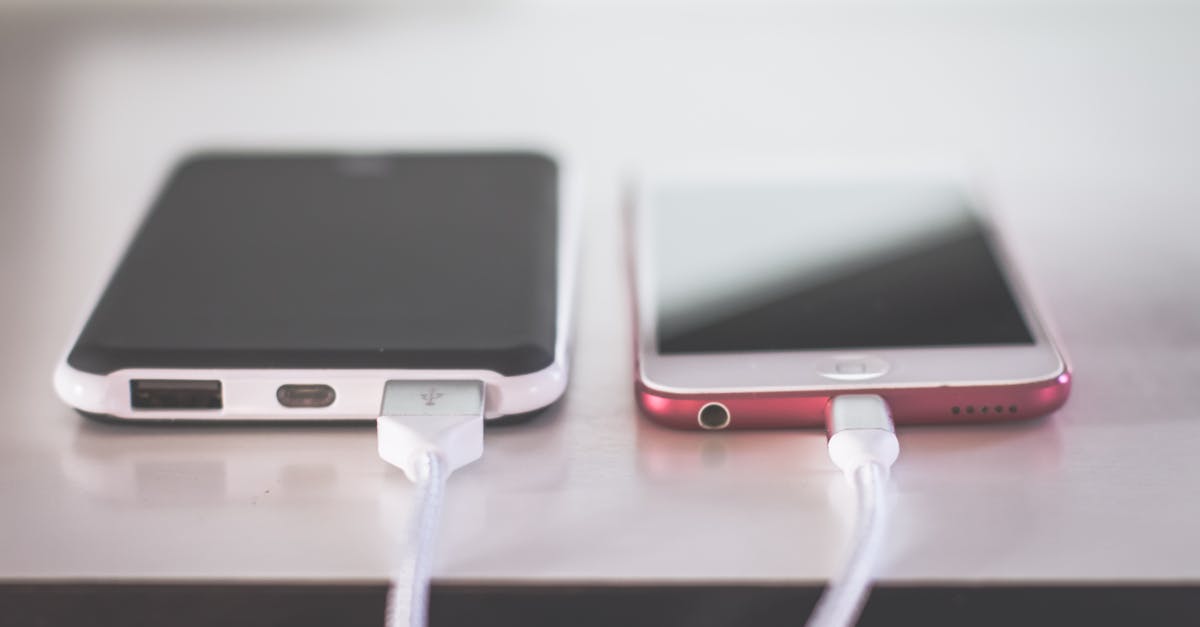
Advertisement
